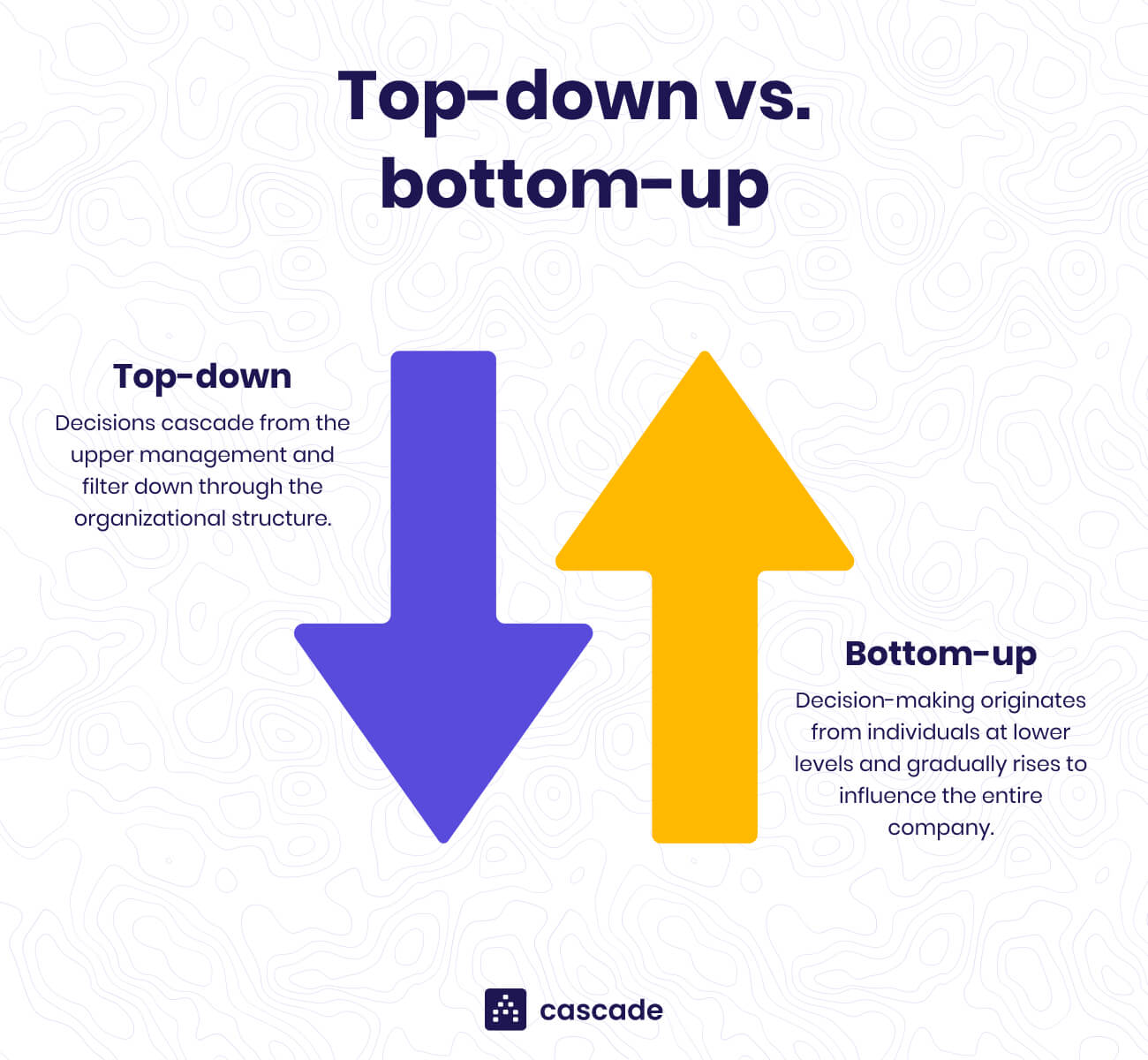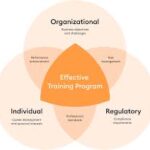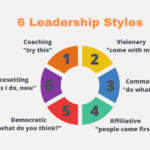Bottom-up leadership refers to the strategic influence that employees exert on the decisions, attitudes, and behaviors of their superiors—often in contrast to traditional top-down, hierarchical leadership. In this leadership dynamic, employees actively shape managerial actions, either consciously or unconsciously, to align with their own interests or goals.
Unlike formal authority structures, bottom-up leadership operates through informal channels and subtle leverage. Employees may use various methods to influence management, including:
-
Indirect pressure through behaviors such as minimal effort, underperformance, increased absenteeism, or passive resistance (sometimes referred to as internal resignation).
-
More explicit actions, such as withholding discretionary effort or hinting at dissatisfaction.
-
Leveraging informal networks or engaging in micropolitics—the use of personal influence strategies to sway organizational decisions (→ micropolitics).
Additionally, targeted information policies—where employees selectively share or frame information—can also shape how superiors perceive situations, make decisions, or prioritize actions.
While this form of influence may exist in a gray area between cooperation and manipulation, it highlights how power within organizations is not always one-directional. Bottom-up leadership reveals that employees are not merely passive recipients of leadership but active participants in shaping their work environment.
« Back to Glossary Index





![15 Employee Offboarding Templates That Save Hours of HR Time [Free Downloads] 15 Employee Offboarding Templates That Save Hours of HR Time [Free Downloads]](https://i1.wp.com/www.hrcloud.com/hubfs/Header.png?w=150&resize=150,100&ssl=1)
